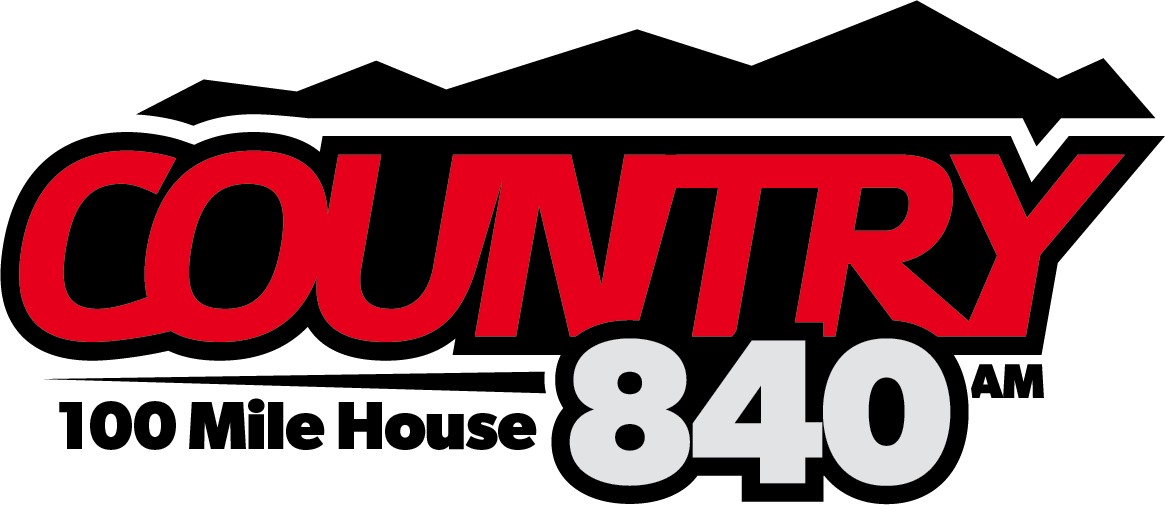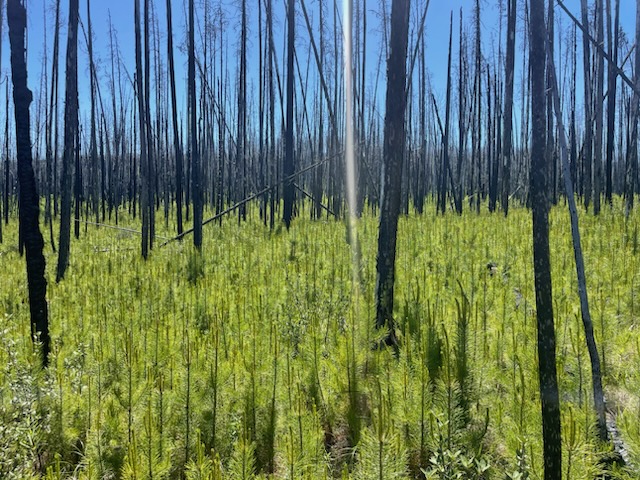Central Chilcotin Rehabilitation Limited continues their work to improve forest health.
One of the current ways they’re doing that is by brush cutting.
Forestry Superintendent with Central Chilcotin Rehabilitation, Daniel Persson said that involves the removal of excess vegetation like undergrowth and small trees from a forested area to enhance forest health, mitigate wildfire risk and foster vibrant ecosystems for wildlife.
“It will help the growth of the trees that we retain or leave and it helps those trees to be more resilient against pests, wildfire, so it can hopefully avoid the next either mountain pine beetle epidemic or the next mega wildfire so that the trees can hopefully survive.”
Persson noted that they started the practice of brush cutting back in 2019 mostly from wildfire risk reduction initiatives. “Now we’re moving into more initiatives to do it on a larger scale as well to treat some uneconomic areas to then turn those stands into more of a forest for the future otherwise they’ll be in a stagnant growth pattern,” Persson said.
Central Cariboo Chilcotin Rehabilitation Limited has probably brush-cut close to 500 hectares to date and they want to expand that because it’s really needed across the landscape in the Chilcotin.
“Ideally we would do that every year,” Persson noted, “but it comes down to funding and all that. One of the elephants in the room when it comes to forestry in the Chilcotin is the wildfire risk. There are tons and tons of dense and dead fuel loading so unless we do something about that, we’re gonna keep seeing these mega wildfires.”
CCR (Central Cariboo Rehabilitation) said brush-cutting and spacing forested stands are essential for enhancing the diverse values forests hold.
Persson added that they have been working closely to the Tsi Del Del and the Tl’etinqox communities because the first priority there is to protect them against wildfire.
Something going on in the Cariboo you think people should know about?
Send us a news tip by emailing [email protected].








